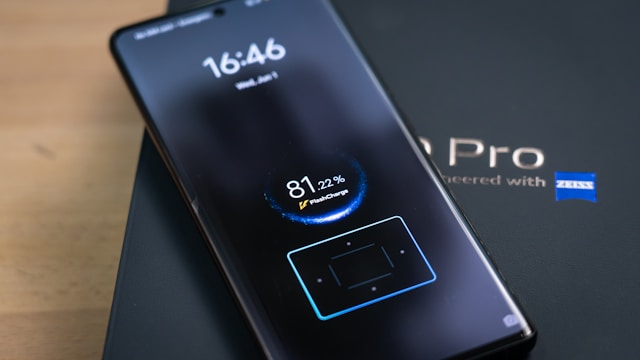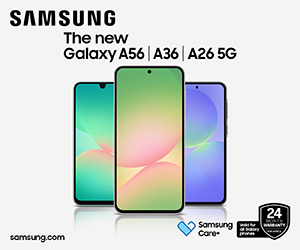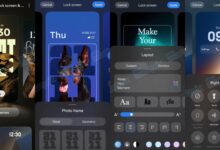Why Your Phone Might Ask for a Quick Unlock Before Charging at Full Speed on Android 16
Google’s latest Android update brings a security feature that might leave fast chargers feeling a bit slower

Android 16 is bringing in more than just tweaks and polish. It’s also dialing up security with a system-wide feature called USB Protection. You probably won’t see it in action — and you may not even notice it at first. But if you’re someone who plugs in and expects a fast charge right away, you might soon be in for a small surprise.
The feature is simple in theory: when your phone is locked, USB Protection shuts the door on any new USB connections. That means if someone plugs into your phone without your permission, nothing gets through — not malware, not data transfers, not even that subtle voltage negotiation that kicks fast charging into gear.
And that last bit is where things get interesting.
Fast charging relies on a handshake between your phone and charger. It’s a quick exchange of data that says, “Yes, this is safe, let’s go full speed.” But with USB Protection on, that handshake is blocked unless your phone is unlocked. As a result, if you plug in with the screen off, you’ll still charge — just not quickly. To unlock fast charging, you may literally have to unlock the phone and reconnect the cable.
Early code from Android 16’s test builds suggests this will become standard behavior by the time the next big update, QPR2, drops in December. The feature isn’t live just yet, but it’s on the way — and some users running preview builds have already spotted messages like: “Unlock device for fast charging.”
For people who charge overnight, this probably won’t matter much. But if you’re used to topping up during a short window — say, before heading out the door — you’ll need to make a habit of checking your screen.
Of course, it’s all in the name of security. Android’s broader Advanced Protection Mode is trying to head off attacks before they happen. USB ports have always been a bit of a weak spot — especially in public or semi-public settings. If someone can access your phone physically, there’s a risk they could sneak in spyware or steal data. USB Protection makes that much harder.
But like any security measure, it adds friction. And friction, even in small amounts, tends to annoy people. Some will welcome it. Others will be irritated. A few will probably find workarounds.
Still, it’s a reflection of where Android is going: more locked down by default, but still giving users a say. Google’s betting that a slightly slower charging experience is a worthwhile trade-off if it helps protect what’s on your phone.
And let’s be honest — if someone is plugging into your phone while it’s locked, charging speed probably isn’t your biggest problem.
Go to TECHTRENDSKE.co.ke for more tech and business news from the African continent.
Follow us on WhatsApp, Telegram, Twitter, and Facebook, or subscribe to our weekly newsletter to ensure you don’t miss out on any future updates. Send tips to editorial@techtrendsmedia.co.ke


